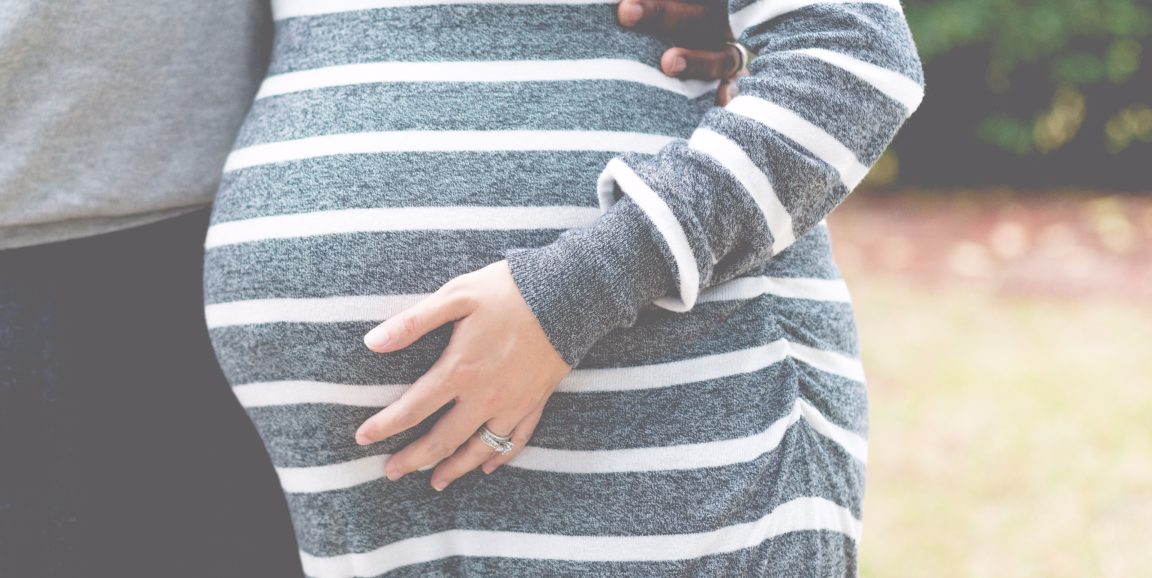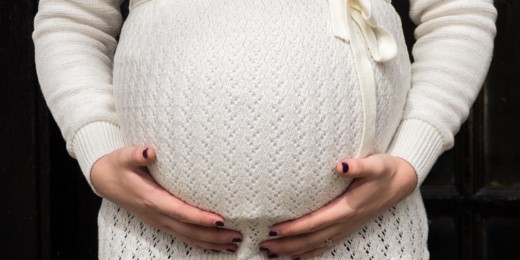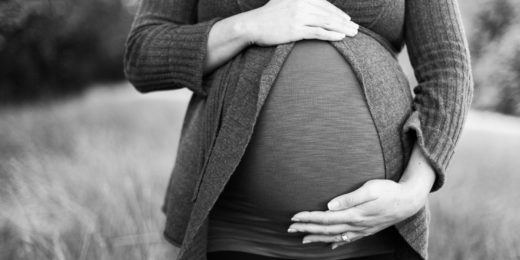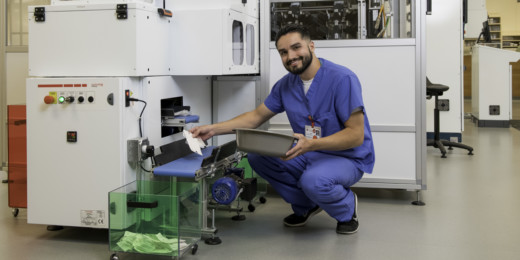In the last 15 years, across the United States, the proportion of pregnant women experiencing life-threatening complications of pregnancy and childbirth has more than doubled. Each year, more than 50,000 pregnant women and new mothers survive such ailments as heart attack, acute kidney failure, serious postpartum hemorrhage and pregnancy-associated seizures. These severe events can have long-term effects on the physical and mental health of new mothers, as well as the health of their babies.
A new Stanford study, published recently in BMC Pregnancy and Childbirth, uses California-wide data to try to explain why the rate of severe maternal morbidity -- the technical name for life-threatening pregnancy complications -- has jumped. The reasons for the rise in severe maternal morbidity have not been well studied.
"It's really shocking that this has been increasing so much and has only recently started to get attention," said postdoctoral scholar Stephanie Leonard, PhD, the study's lead author. Leonard worked on the research with obstetrician Elliott Main, MD, who directs the California Maternal Quality Care Collaborative, and epidemiologist Suzan Carmichael, PhD.
Experts have suggested two explanations for why severe pregnancy complications have increased: Maybe cesarean deliveries are responsible. Or maybe the increase reflects an underlying change in the women who are now becoming pregnant. (For instance, we know women are having children a bit later in life than in the past.)
The Stanford team tested both explanations. Using de-identified medical records associated with more than 3.5 million California births between 2007 and 2014, they established which women received cesareans or had pre-pregnancy medical conditions, obesity, or advanced maternal age (meaning they gave birth after age 35).
They also recorded which women had medical diagnoses associated with severe maternal morbidity. The analyses were adjusted for several potential confounding factors, including mothers' race/ethnicity, education level, source of health insurance, and history of prior births.
The research had two main findings: First, although about one-third of the total risk for severe maternal morbidity was explained by cesarean deliveries, these surgeries did not explain the increase in severe maternal morbidity.
"It stood out that cesarean deliveries are not increasing and have not been increasing for a number of years," Leonard said. While severe pregnancy complications went up, the cesarean rate was going the opposite direction; it leveled off around 2009 and fell starting in 2013.
Other maternal factors didn't seem to explain the uptick in severe maternal morbidity, either. For example, having health problems prior to pregnancy accounted for only 8 percent of the total population risk of severe maternal morbidity, and was not linked to the increase in severe pregnancy complications over time.
"We thought these factors would have some effect on the trend, but we didn't see any," Leonard said. "It was surprising, not what we expected." Although the research did not test whether the results apply to the country as a whole, California is a highly diverse state where 1 in 8 U.S. births occur.
What does explain the increase? The paper points to other areas that deserve investigation, such as health care disparities that leave disadvantaged populations with lower quality care and the loss of hospital obstetric services in many rural U.S. counties.
"I think we've been inadvertently placing blame on mothers for these outcomes, and I hope this kind of work helps shift that narrative," Leonard said.
Photo by William Stitt






